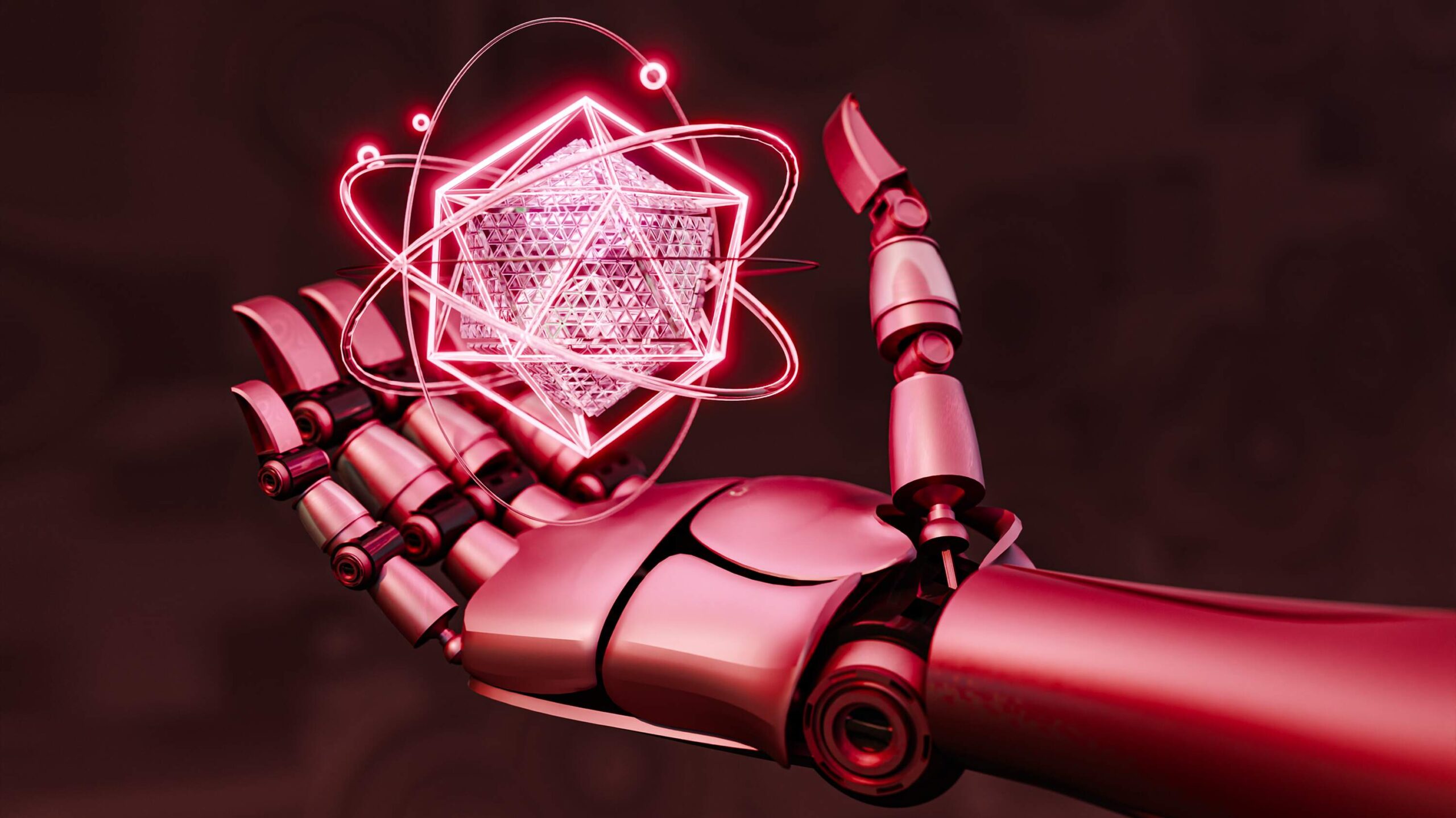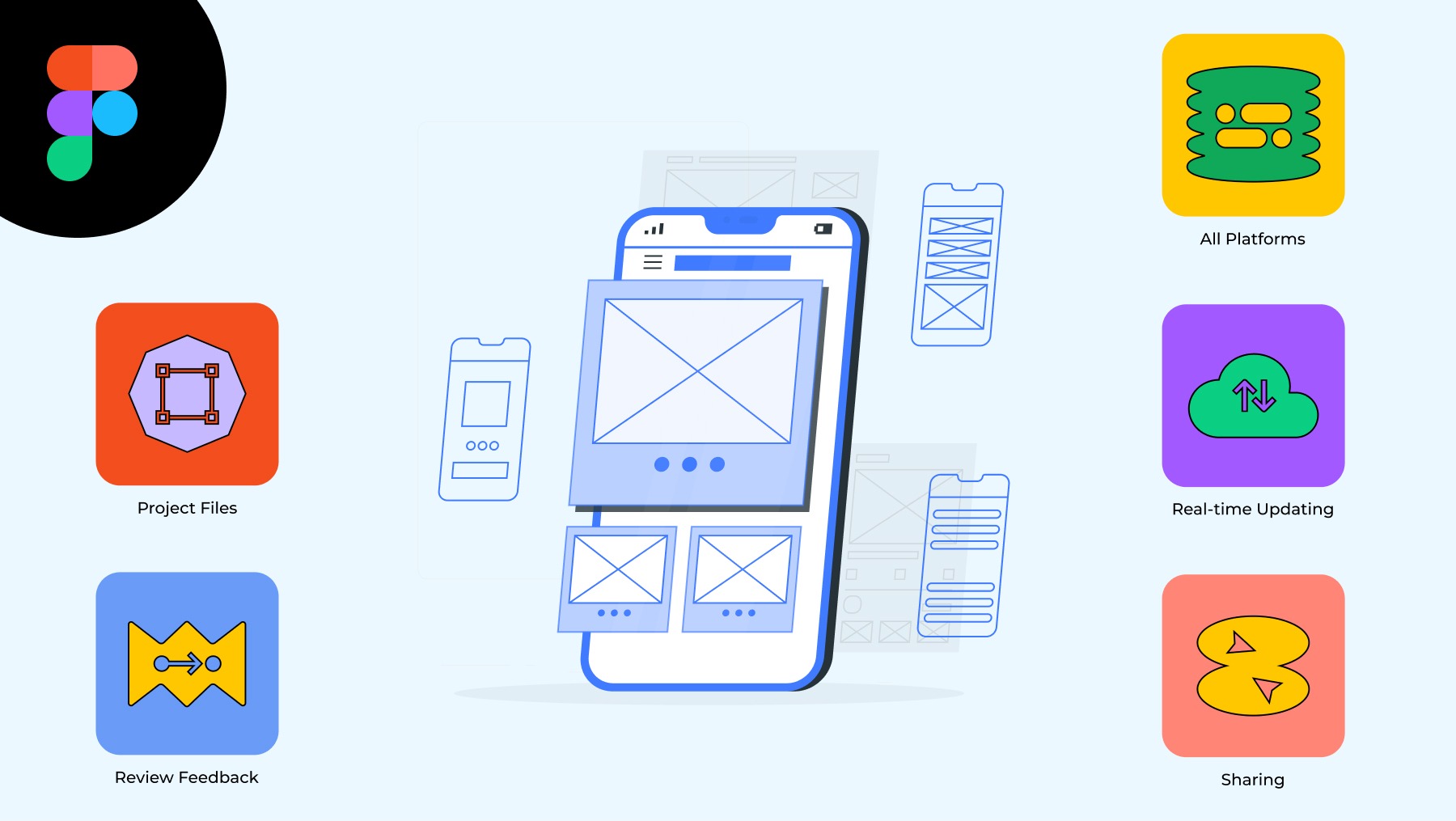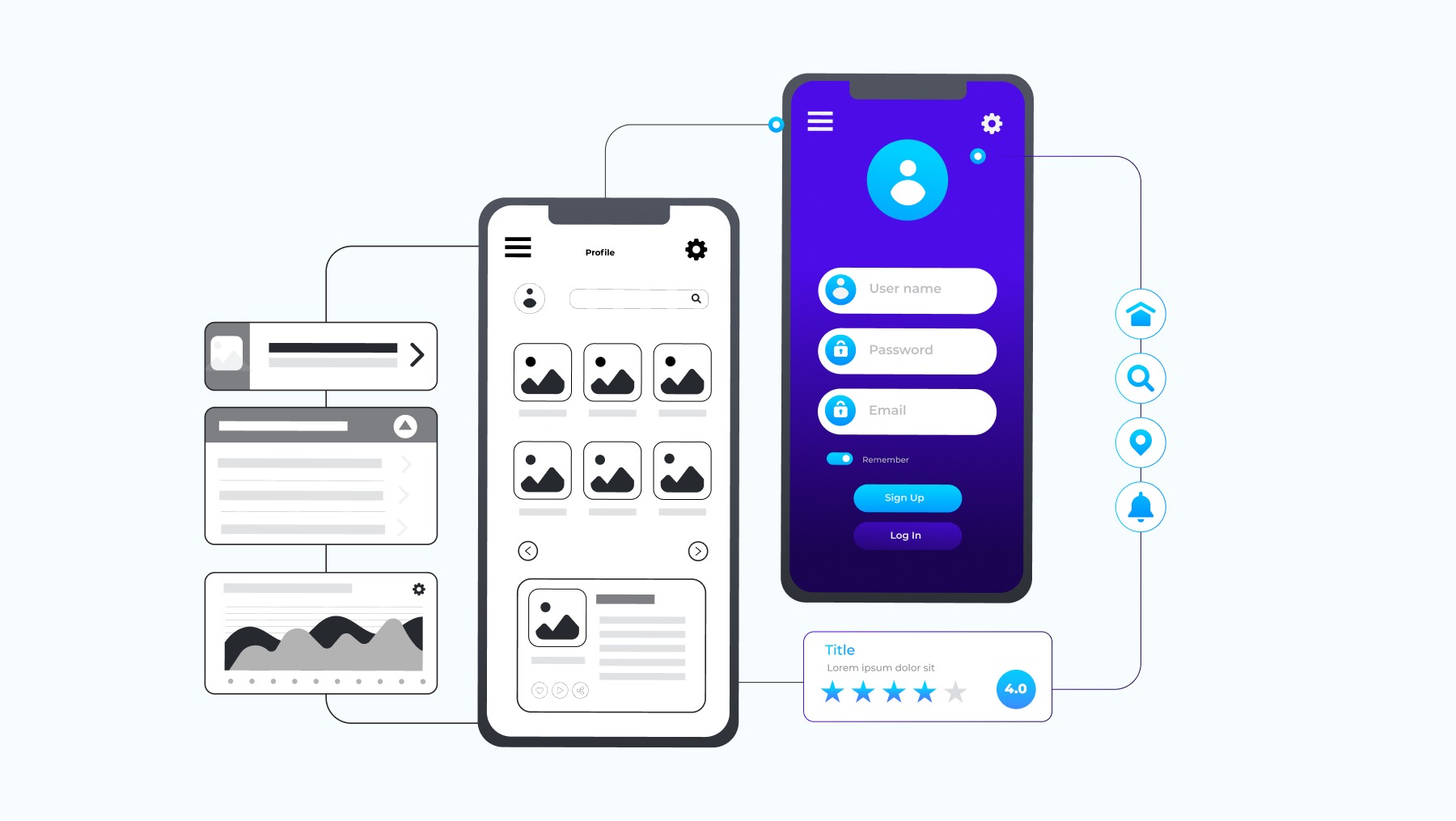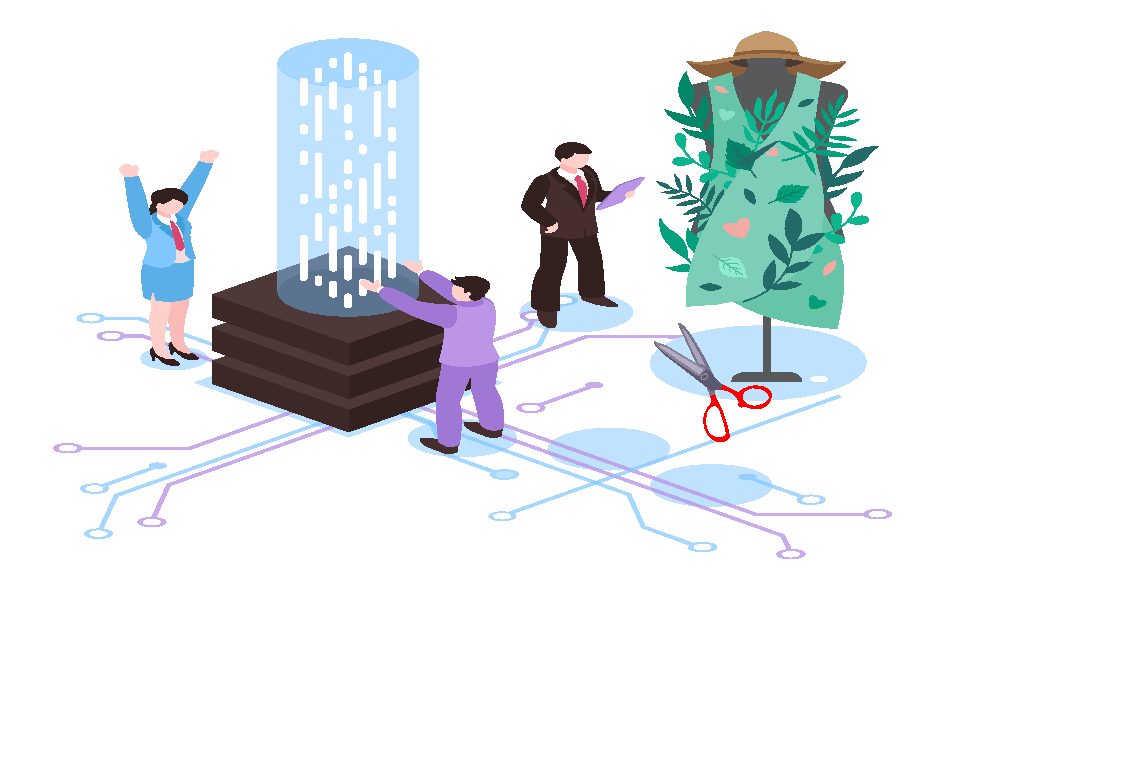Top Challenges Facing CTOs and CIOs in 2024

Post-COVID-19 era was too unpredictable for obvious reasons; the outbreak of coronavirus, global lockdown, downfall in the economy, and the list goes on. Most workers were required to work from home, which greatly affected the way organizations function. Digital adaption today is no longer a luxury but an absolute necessity. The shift from in-person to online can be used to back-up this claim.
For organizations, 2024 will be a year of adapting to an enormous change that is likely to transform some of the most critical challenges for CTOs and CIOs into a sustainable and secure business model.
Even CTOs and CIOs had to face the effects of the unprecedented digital shift post COVID-19. As technology plays an increasingly important role in business development, CTOs and CIOs have to come forward with ways to offer more business value and expertise. This has increased the demand for IT services. IT specialists are now under more pressure than ever to ensure that business operations and systems run seamlessly, scale on-demand, and stay in line with needs and security risks.
As technology continues to grow and spread globally, CTOs and CIOs must also scale-on demand, work consistently, and deliver more value. This is an excellent time for them since the pandemic has brought technology to the forefront through the digital transformation of remote work, small serving, accelerated cloud, and SaaS adoption.
Resultantly, the position of a modern CIO or CTO has been in a constant state of flux. It has become a balancing act between handling conventional IT operations and pushing strategic initiatives with increasing technical changes.
Role of a typical CTO
CTOs or chief technology officers focus on the growth of businesses. They use technology and IT to boost business development. They focus on external customers of an organization – people who are buying products or services. As society progresses and becomes more consumer-centric, customers and users tend to become tech savvier.
They are more aware of what they use and purchase, which requires CTOs to be more innovative and creative with technology to ensure that their organization is offering the best services. Moreover, CTOs are also responsible for the engineer and developer teams to improve an organization’s research, development, and growth and innovate its offerings.
Though a CTO’s role seems to be entirely technology-related, it is also essential for them to be creative. Their innovation can start from the fundamental question, “How can I use this technology differently from everyone else?” It is also essential for the CTO to be integrating and collaborative. This is because they will be required to collaborate with in-house or outsourced IT specialists, engineers, software developers, etc., to accomplish newer projects and goals.
Role of a typical CIO
A CIO or chief information officer’s role is to ensure that business processes run efficiently while improving employees’ and business units’ productivity. A CIO is responsible for overseeing and ensuring continuing operations, critical approaches, and businesses’ overall security from their help desks to their project management.
A wide range of indicators can calculate the direct impact of a CIO; however, improving the financial performance is necessary. For all in-house technologies and digital processes, the CIO can be seen as the sole cheerleader. IT historically has an ambiguous reputation with other business units, so it is the CIO’s job to enhance the image and reputation of IT services within the group.
However, a good CIO is not only tech-focused instead, but they are also highly collaborative and integrated. They tend to integrate the entire IT department with the rest of the business units. Hence, it is imperative to know the basics. For instance, if a business unit wants to digitize, upgrade, or even automate processes with technology, the CIO is responsible for implementing these processes, even if a particular IT team carries out the actual implementation.
A practical CIO must have general knowledge regarding a wide range of technology. However, it is not expected of him to have expert knowledge. Management and communication skills are also essential: a CIO manages thousands of IT workers and several IT departments. The CIO must also be able to communicate needs and plans with other executives.
Challenges facing CTOs and CIOs in 2024
Responding to the impact of Covid-19
Out of the many challenges that CTOs and CIOs are likely to face this year, the first is to adjust and respond to the impact of Covid’19 – the elephant in the room. The past year has seen a global pandemic that has primarily affected organizations and their operations.
Therefore, it will be a challenge for organizations to recover their business operations affected by the pandemic. IT leaders actively need to address budgetary planning issues, enhance usability, increase the use of VPNs, and create streamlined back-end operations.
Hence, IT is most likely to be the center of attention in 2024, as organizations will put their recovery plans to the test. This poses many challenges for CTOs and CIOs, such as: scaling the cloud capability and usability, virtual remote access training for all workers (incredibly the least tech-savvy), and VPNs to resolve security threats, spinning up new apps to meet new challenges, and more.
Many companies are now planning to invest mainly in new technologies and software to ensure that their remote operations run smoothly. Moreover, the work-from-home concept is becoming broadly accepted, and we can predict it to be the new normal in 2024.
Cloud Computing
Cloud computing refers to the on-demand availability of systems, particularly data storage and computing powers, without direct active user management. COVID-19 and the change of events it brought have forced organizations to adapt to many new technologies in business operations, and the adoption of cloud-centric infrastructure is one.
According to IDC, “Enterprise cloud spending in 2020, both public and private, increased by 34.4% from the previous year”. It will be easier for huge tech giants to bind their operations with the cloud.
Other organizations and their CTOs and CIOs are going to face some challenges in adjusting to it. Hence, cloud growth and adoption will be a critical challenge of 2024. For most organizations, data growth outside of the data center is a new adjustment.
Massive amounts of data from remote branches, mobile devices, and IoT smart devices are being produced these days. Therefore, it can be said that in 2024, the need to implement cloud computing and storage capacities at the network’s edge will pose a significant challenge for CTOs & CIOs.
Cybersecurity
The shift to online and remote work globally has made the idea of small and global teams becoming increasingly common and has caused technology to evolve at a swiftly fast pace. Hackers have existed as long as technology has existed, but their strategies have improved in recent years, and they have become increasingly efficient in covering their tracks.
Therefore, in 2024, phishing and ransomware will be two of the leading security threats that CTOs and CIOs will face. According to Risk Based, in the first half of 2020, data breaches exposed 36 billion records.
This number of cyber threats and breaches is likely and predicted to rise in 2024. However, this can be prevented if CTOs and CIOs can formulate new cybersecurity infrastructures and proactive and strategic frameworks.
As strict data regulations increasingly become the new benchmark, one of the most critical issues for CTOs and CIOs is data governance and security this year. Updating data access policies, securing remote applications, and moving to SaaS applications and cloud systems are some of the main concerns for IT leaders.
User Experience (UX) is the new black
The new battleground for remaining competitive is customer service, and the burden of providing a smooth CX falls directly on the CTOs and CIOs. As consumers’ lives become increasingly digital, ensuring that they offer a great CX is one of the critical challenges faced in 2024.
Technology evolution resulted in 5G networks, contactless solutions, and high-quality digital experiences that have made it necessary for companies to use targeted, personalized content services to communicate with consumers.
In situations like these, technologies like artificial intelligence and machine learning have proven to be helpful. While brands and organizations invest in replacing their legacy IT systems with new technologies, they are likely to move ahead of rivals to emerge as market leaders.
Those who do not do so will lag. In 2024, brands that invest in modernizing their CX using innovative technologies like ML and AI will emerge as industry leaders. Hence, it has posed a challenge for the CTOs and CIOs to cope with CX changes
Conclusion
The post-COVID-19 era has been unpredictable and record-worthy. However, it has presented some significant challenges that IT leaders will have to deal with in 2024. This year, one thing is evident as we move forward, which is a crucial stage of immense changes for businesses. Successful CTOs and CIOs will be elected to transform the challenges mentioned above into a sustainable and secure business model.














